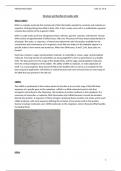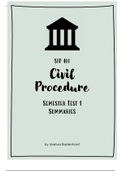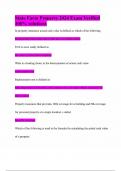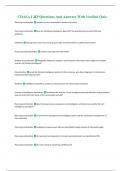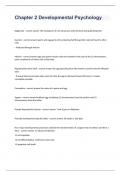Essay
Unit 11 LA: A (Structure and function of nucleic acids)
- Course
- Institution
This assignment has achieved DISTINCTION grade as it was written well and contains all of the necessary contents such as different types of ribosomes like mRNA, rRNA, tRNA and SiRNA, Transcription, Translation, Triplet codes, Codon, Anticodon, How DNA is used for protein synthesis, and different ty...
[Show more]
